Advanced Financial Accounting: Fair Value, Financial Statements
VerifiedAdded on 2021/04/17
|5
|461
|75
Report
AI Summary
This report delves into the core concepts of advanced financial accounting. It examines various methods for measuring financial elements, including historical cost, current cost, and realizable value, and present value. The report also explains the fair value method, its application, and how it relates to non-financial assets, along with the standard AASB 13. The analysis includes a discussion of the different methods used for measuring assets and liabilities, highlighting the implications of fair value and historical cost on financial reporting. It includes a comprehensive analysis of financial statements and how they are prepared, providing a detailed overview of the financial reporting process.
1 out of 5
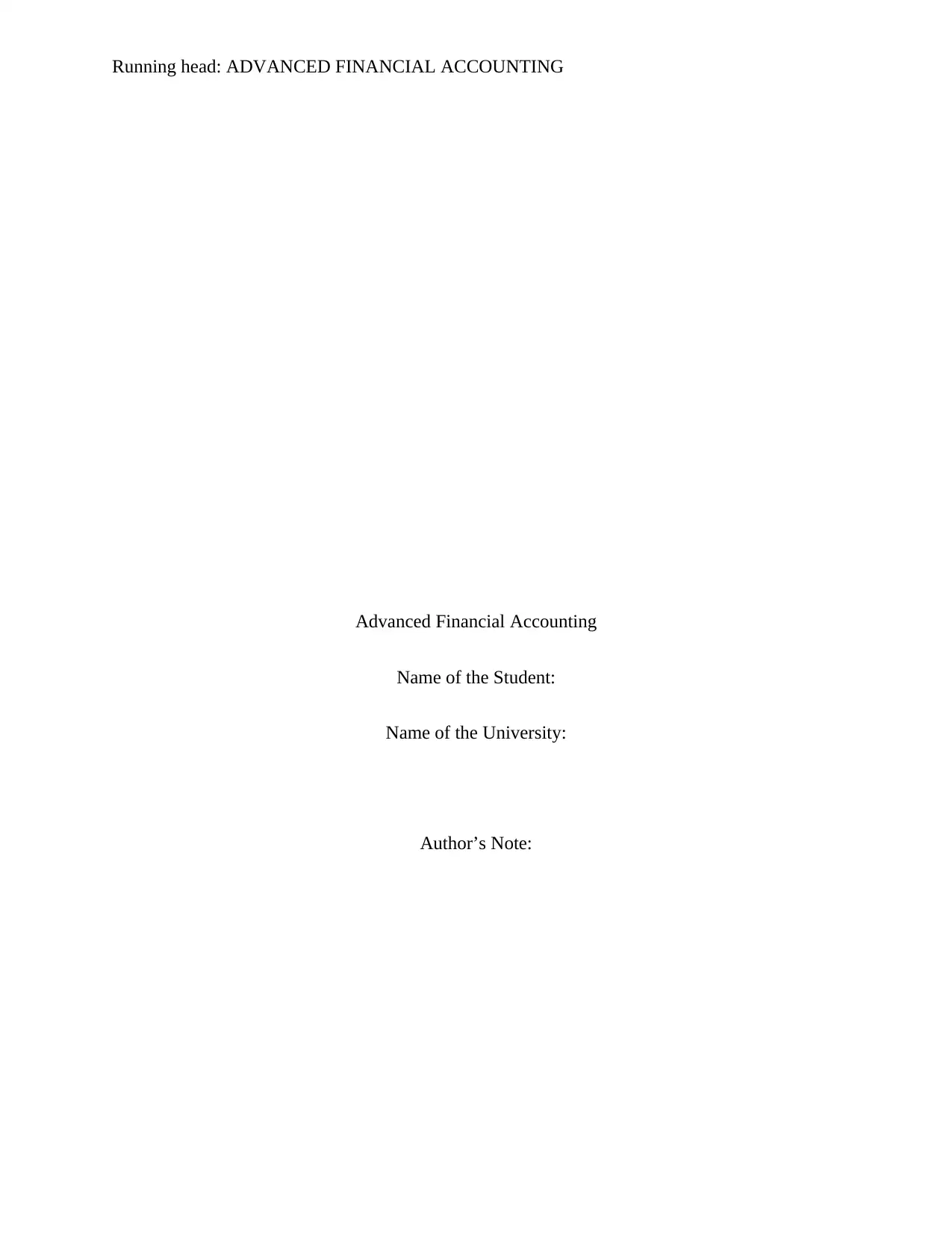
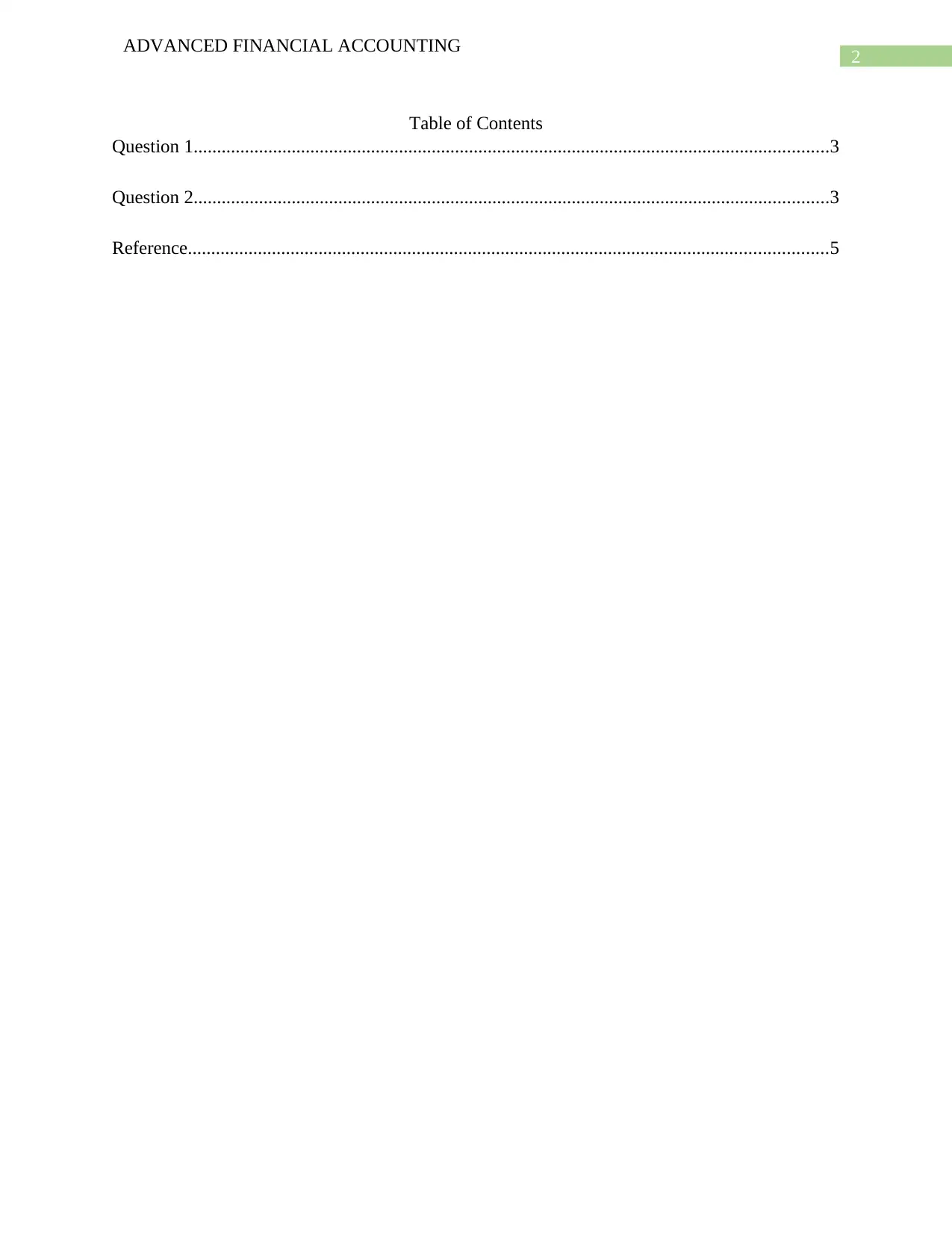
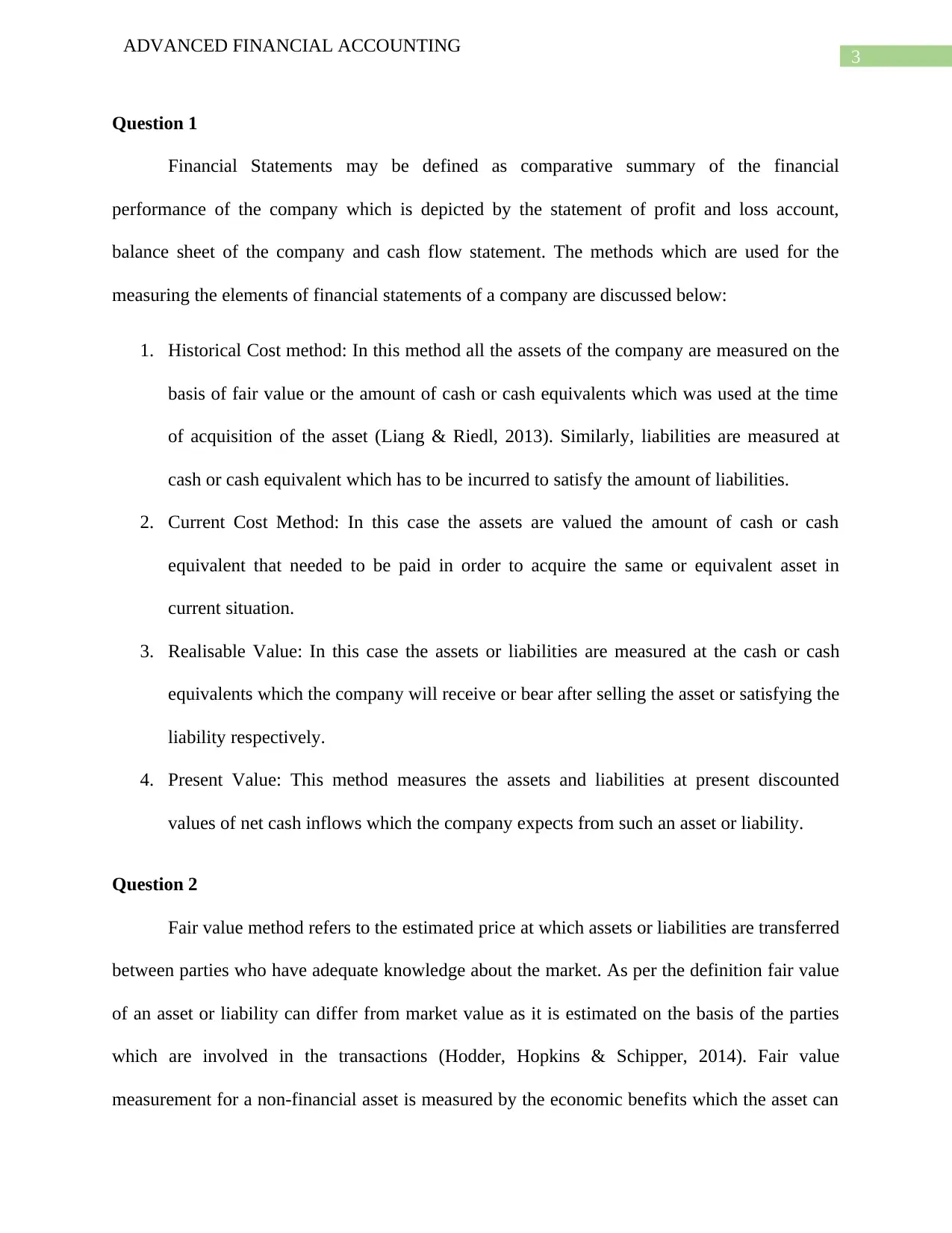

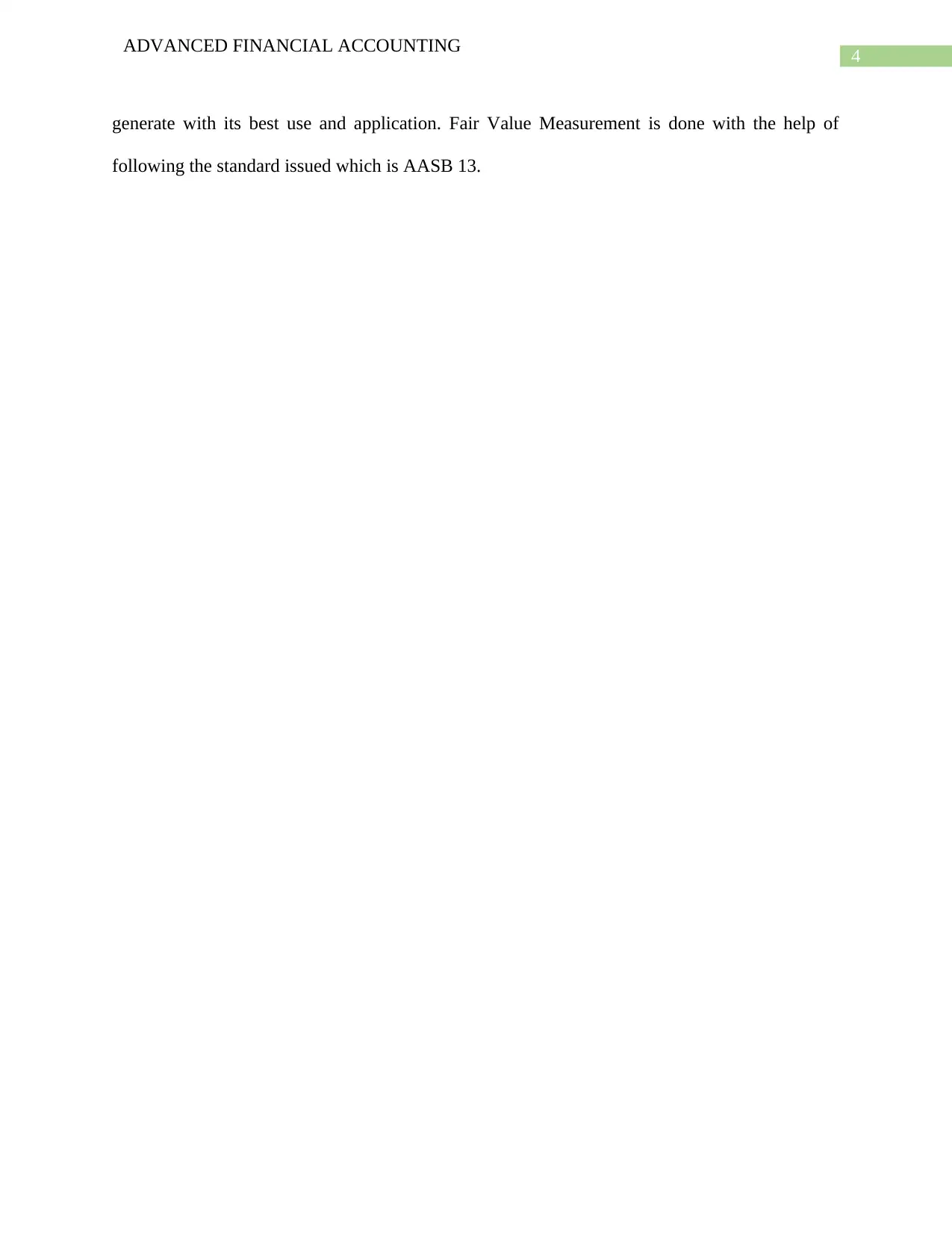
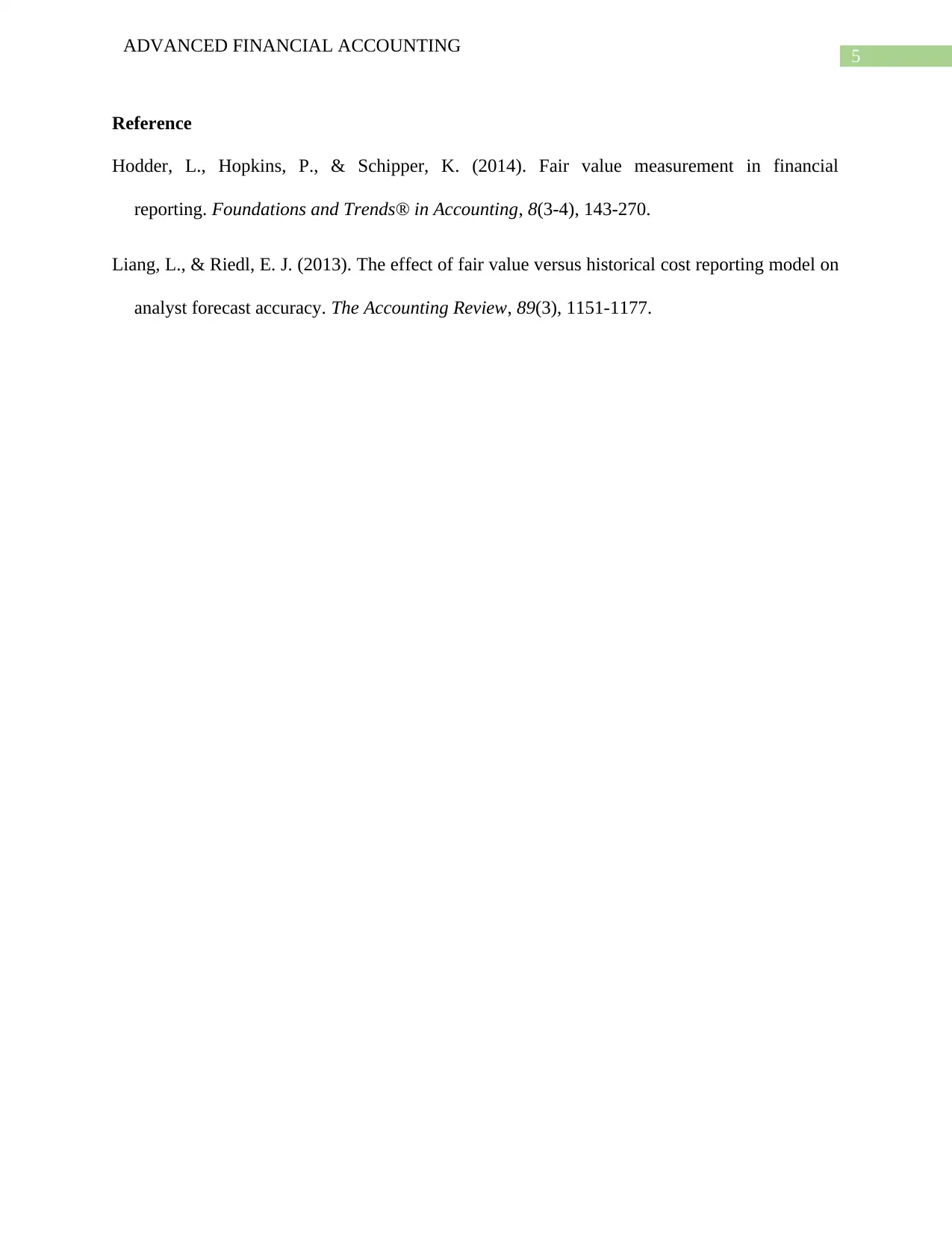






![[object Object]](/_next/static/media/star-bottom.7253800d.svg)